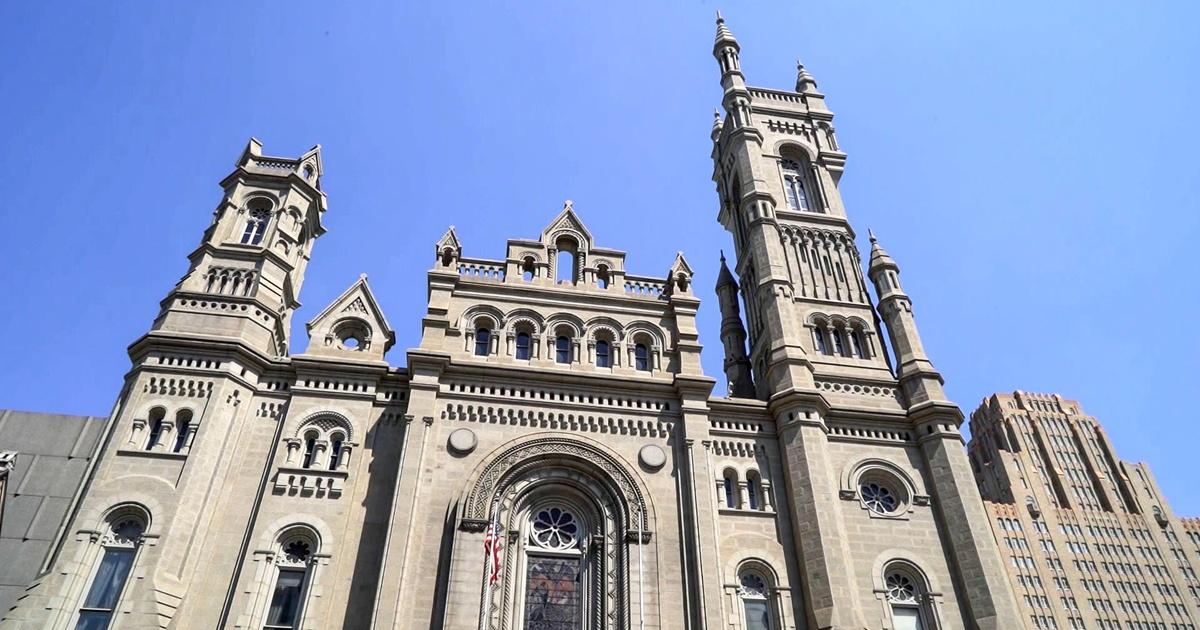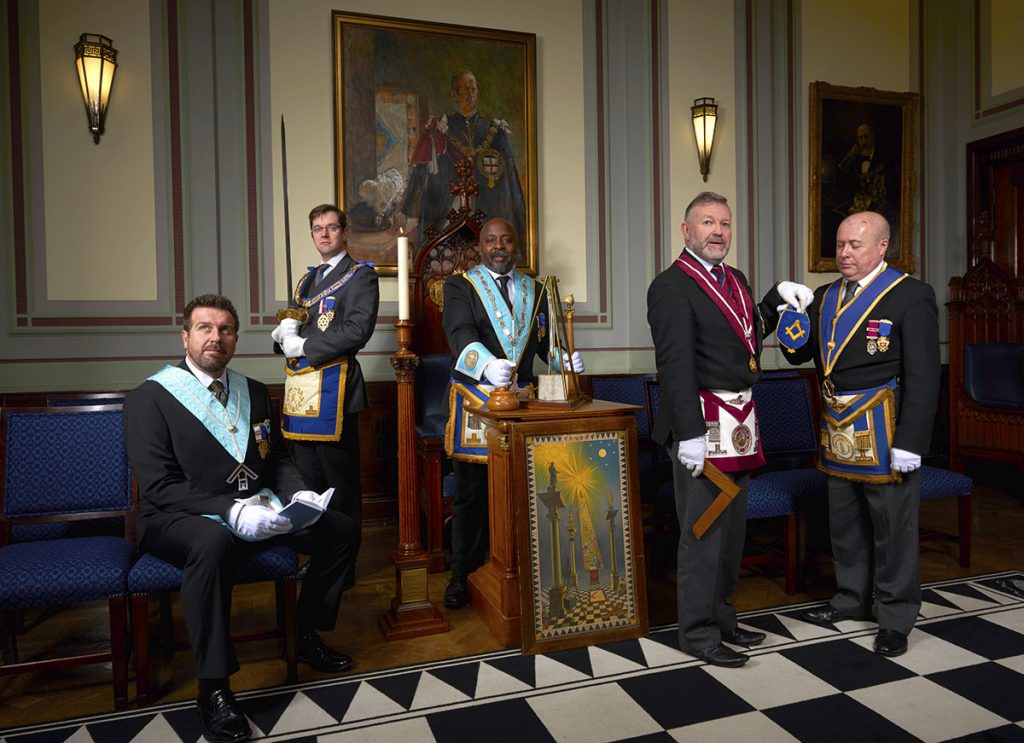Practical Advice on How to Successfully Join Freemason in Your Region
Practical Advice on How to Successfully Join Freemason in Your Region
Blog Article
Discovering the Mysteries of the copyright: What You Required to Know
The copyright, a term often shrouded in intrigue and dispute, stands for an intricate tapestry of historical truth and contemporary misconception. Developed in the late 18th century, this secret culture was initially rooted in the Enlightenment's suitables however has actually given that become associated with conspiracy theories regarding elite control.
Beginnings of the copyright
The beginnings of the copyright are soaked in a mix of historic intrigue and ideological eagerness. Developed in 1776 in Ingolstadt, Bavaria, by Adam Weishaupt, the team was originally created as a secret culture aimed at promoting Enlightenment ideals such as reason, secularism, and the separation of church and state. join freemason. Weishaupt, a professor of canon legislation, sought to challenge the prevailing authority of the church and state, which he saw as oppressive institutions stifling intellectual and personal freedom
The copyright looked for to hire significant participants from numerous social markets, consisting of politics, academia, and the arts, to foster a network dedicated to these Knowledge concepts. The culture operated under a veil of privacy, using coded language and routines to secure its members from persecution, especially offered the repressive environment of the moment. The copyright faced substantial opposition from both governmental authorities and spiritual establishments, which saw the group as a hazard to their power.
Trick Figures and Members
That were the crucial figures that formed the copyright's early influence and instructions? The Bavarian copyright, established in 1776 by Adam Weishaupt, emerged as a feedback to the overbearing societal frameworks of the time. Weishaupt, a regulation professor, envisioned the company as a way to advertise Enlightenment ideals such as factor, secularism, and equality. His first recruitment initiatives included significant intellectuals, such as Baron von Knigge, that played a vital role in increasing the group's subscription and organizational framework.
An additional considerable number was Johann Gottlieb Fichte, a prominent thinker whose ideas on nationalism and education and learning reverberated with the copyright's goals. Although Fichte was not an official participant, his philosophical supports influenced the group's ideological background. Furthermore, numbers like the author and philosopher Johann Wolfgang von Goethe were connected with the more comprehensive intellectual movements of the time, although their straight participation with the copyright remains discussed.
These vital figures added to the copyright's early instructions, pressing the limits of political and social idea, while their cumulative efforts aimed to challenge well established standards and cultivate a climate of dynamic modification in Europe. (join freemason)
Myths vs. Fact
Several mistaken beliefs border the copyright, usually blending fact with fiction in such a way that covers its real nature. This secret culture, initially established in 1776 in Bavaria, intended to advertise Knowledge ideals and fight spiritual and political fascism. The concept that the copyright remains to apply significant impact over world events is a myth. While the team did exist, it was disbanded in the late 18th century and has not run as a natural entity ever since.
One more prevalent myth is that the copyright makes up a network of elite individuals manipulating global affairs. Actually, lots of conspiracy concepts exaggerate the team's significance, connecting unfounded motives to social fads and events. This has actually led to an oversimplified sight of complicated problems.
In addition, the portrayal of the copyright in pop culture often additional distorts its tradition. Films and literary works often tend to sensationalize the organization's role, creating a story that diverges from historical facts. Comprehending the difference between the misconceptions and the fact of the copyright is important for discerning the real impact of this historical group and recognizing the broader effects of conspiracy concepts in contemporary culture.

Modern Analyses
Contemporary interpretations of the copyright commonly reflect more comprehensive social anxieties and an attraction with privacy and power. This modern lens regularly links the copyright with conspiracy theory theories that recommend a surprise elite coordinates globe occasions, manipulating federal governments and economic climates for their own gain. Such stories touch into a deep-rooted mistrust of authority, especially in times of dilemma or social upheaval.
In prominent society, the copyright is usually shown as an omnipotent company shrouded in secret, resulting in a myriad of imaginary portrayals in literary works, film, and songs. This representation serves not just to entertain however additionally to prompt thought of the nature of power and control in contemporary society. Social media site has additionally amplified these analyses, permitting fast dissemination of conspiracy concepts and developing communities that share and increase upon these ideas.
Additionally, some modern-day analyses mount the copyright as a metaphor for the intricacies of globalization and the interconnectedness of influential individuals and companies. This point of view urges an important exam of how power dynamics run in today's world, highlighting the balance between transparency and secrecy in administration and company methods.
Cultural Influence and Tradition
Influenced by centuries of intrigue, the cultural impact and heritage of the copyright expand much past its historic beginnings. This secret society, established in the late 18th century, has actually penetrated different elements of prominent culture, from literary works and film to songs and art. join freemason. The concept of the copyright has evolved into an icon of conspiracy theory theories, typically representing a viewed hidden power adjusting international occasions
In literature, writers like Dan Brown have woven the copyright right into elaborate stories, exciting readers with themes of privacy and power. Movies such as "National Treasure" and "The Da Vinci Code" better bolster the allure of the society, blending fact with fiction to produce engaging narratives.

Inevitably, the copyright's legacy is a complex tapestry of myth and reality, shaping assumptions of secrecy and control in contemporary discussion. Its long-lasting existence in society emphasizes mankind's seasonal mission for recognizing hidden facts.

Conclusion
The expedition of the copyright discloses a complicated interaction in between historical truths and modern myth-making. Established in the Knowledge era, this culture aimed to challenge oppressive look at here frameworks, yet its legacy has actually been eclipsed by conspiracy theory concepts that recommend elite adjustment. Comprehending the differences in between the initial perfects and modern interpretations is important for understanding the sustaining attraction with the copyright and its substantial influence on his response cultural stories surrounding power and privacy in culture.
Report this page